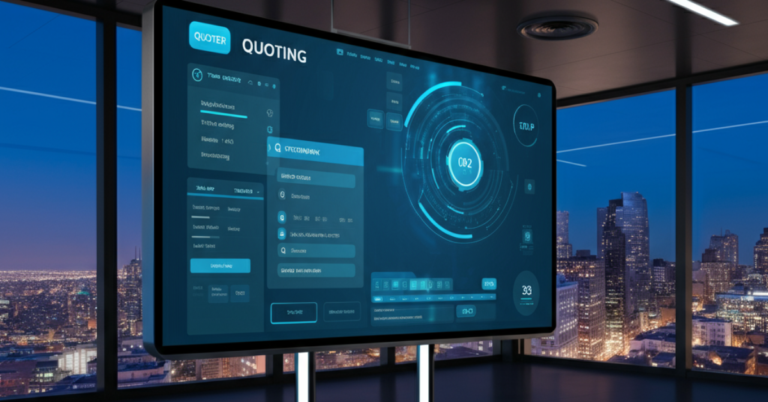Engaging Ways to Experience Historical Landmarks: The Colosseum and Beyond
Table of Contents
- The Importance of Experiencing History
- The Colosseum: A Glimpse into Ancient Rome
- Interactive Tours: Bringing History to Life
- Engaging Activities at Historical Landmarks
- Immersive Technologies in Historical Exploration
- The Educational Benefits of Landmark Visits
- A Global Perspective on History
- Final Thoughts
Exploring historical landmarks like the Colosseum offers travelers a dynamic, immersive experience. To make the most of such visits, interactive tours, virtual reality, and audio guides bring the past to life, detailing the structure’s history and significance. Special access passes allow for exclusive insights, such as underground areas or restricted sections, often unavailable to regular visitors. Combining these tours with nearby historical sites provides a fuller view of the region’s culture and legacy. Engaging with local guides and attending reenactments or workshops can deepen understanding, transforming each landmark visit into an interactive journey through history.
The Importance of Experiencing History
Engaging with historical landmarks provides a glimpse into the past and a fully immersive experience that anchors our understanding of cultural heritage and societal development. These sites are treasure troves of stories and insights, offering profound lessons about the evolution of civilizations. Visitors can glean a sense of the daily lives of those who came before us, exploring their achievements, trials, and contributions to human history. Excursions such as the Colosseum tours underground allow individuals to dive deeper, offering unique perspectives and layers of understanding that transform passive observation into active participation in history.
The Colosseum: A Glimpse into Ancient Rome
The Colosseum, an architectural marvel of ancient Rome, symbolizes the grandeur and influence of the Roman Empire. Built nearly two millennia ago, it is a testament to Roman engineering prowess and social dynamics. Visitors to the Colosseum can explore the labyrinth below its arena where gladiators once prepared for combat, experiencing a moment frozen in time. This iconic structure represents the epic scale of Roman entertainment. It echoes a narrative of cultural ingenuity that inspires awe in millions who traverse its grounds yearly, yearning to understand the empire’s complex legacy.
Interactive Tours: Bringing History to Life
Interactive tours have a magical way of transforming factual visits into vibrant storytelling adventures. Skilled tour guides weave narratives combining historical facts with compelling stories, creating an enthralling tapestry for visitors. Reenactments and theatrical elements transport tourists to another era, providing clarity and context to historically significant events. By blending education with entertainment, these tours foster engaging learning experiences that breathe life into figures and tales from the past, captivating the imagination of every participant.
Virtual and Augmented Reality
Virtual reality (VR) and augmented reality (AR) have fundamentally changed historical excursions with the introduction of cutting-edge technology. VR offers an immersive approach by placing visitors directly within historical settings, allowing them to witness events unfold around them. This interactive form of engagement allows for a deeper understanding of places like the Colosseum, where one can envisage the ancient world’s vibrant hustle and bustle. Consequently, such tools enhance learning and enrich the emotional connection to history, transcending traditional educational boundaries.
Engaging Activities at Historical Landmarks
Participating in activities at historical sites adds a practical dimension to learning. Visitors can engage in various bespoke experiences, like crafting traditional pottery or indulging in ancient recipes that resonate with the region’s past. Such hands-on activities offer a multisensory immersion into culture and daily life, allowing participants to engage with history personally. These experiences often leave lasting impressions, deepening the emotional connection to the place and its stories beyond mere observation.
Immersive Technologies in Historical Exploration
Immersive technologies have revolutionized historical exploration, transforming the way we experience and understand ancient sights and narratives. Through advancements like virtual reality (VR), augmented reality (AR), and interactive 3D reconstructions, users can now journey into meticulously recreated historical settings, walking through ancient cities or observing long-gone landmarks. These tools enable a rich, interactive learning experience that fosters a deep appreciation for cultures and stories shaped by time. By bridging the gap between past and present, immersive technologies allow users to engage with historical events and places in ways that traditional methods can’t, making history accessible, compelling, and relevant to modern audiences.
The Educational Benefits of Landmark Visits
Historical landmarks provide immersive educational experiences, offering deep insights into the past beyond traditional classroom learning. Visiting these sites allows students and history enthusiasts to engage directly with artifacts, structures, and narratives that shaped society, creating a real-world context for understanding historical events. This firsthand exposure enhances critical thinking skills, improves retention, and builds lasting connections with academic materials. Many educational programs and schools now partner with these sites, organizing tours and activities that align with curricula, turning history lessons into engaging explorations. By making history tangible, these experiences cultivate curiosity and transform learning into an interactive journey through time.
A Global Perspective on History
Historical landmarks are not isolated stories but threads in the vast tapestry of global history. Understanding these stories enables a multifaceted view of world history, fostering a sense of cultural awareness and interconnectedness. By exploring various historical sites globally, such as those detailed in the New York Times, one gains insights into many cultural heritages that contribute to our global civilization. This broader perspective emphasizes the importance of diversity and collaboration in the human narrative, cultivating global citizenship and mutual respect.
Final Thoughts
Historical landmarks invite us to walk alongside the ancients, offering stories and lessons integral to comprehending our shared past. Through innovative experiences — whether interactive, immersive, or activity-based — individuals can connect to the past meaningfully, gaining tangible and intangible benefits. These connections enrich our understanding and cultivate an appreciation for the complexity and beauty of human progress, offering reflections that resonate in the present day. Engaging with these magnificent relics of history is an educational journey and a reminder of our collective cultural legacy.
Stay in touch to get more news & updates on Veri Fiedzine!






